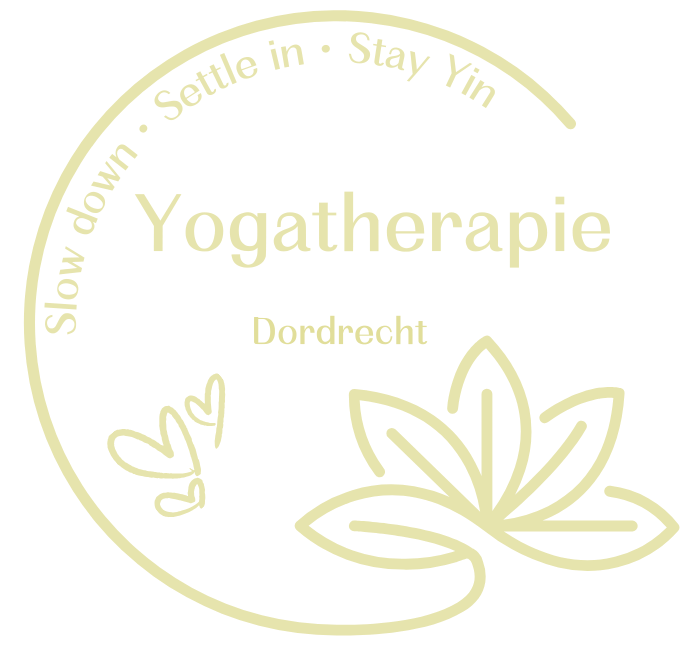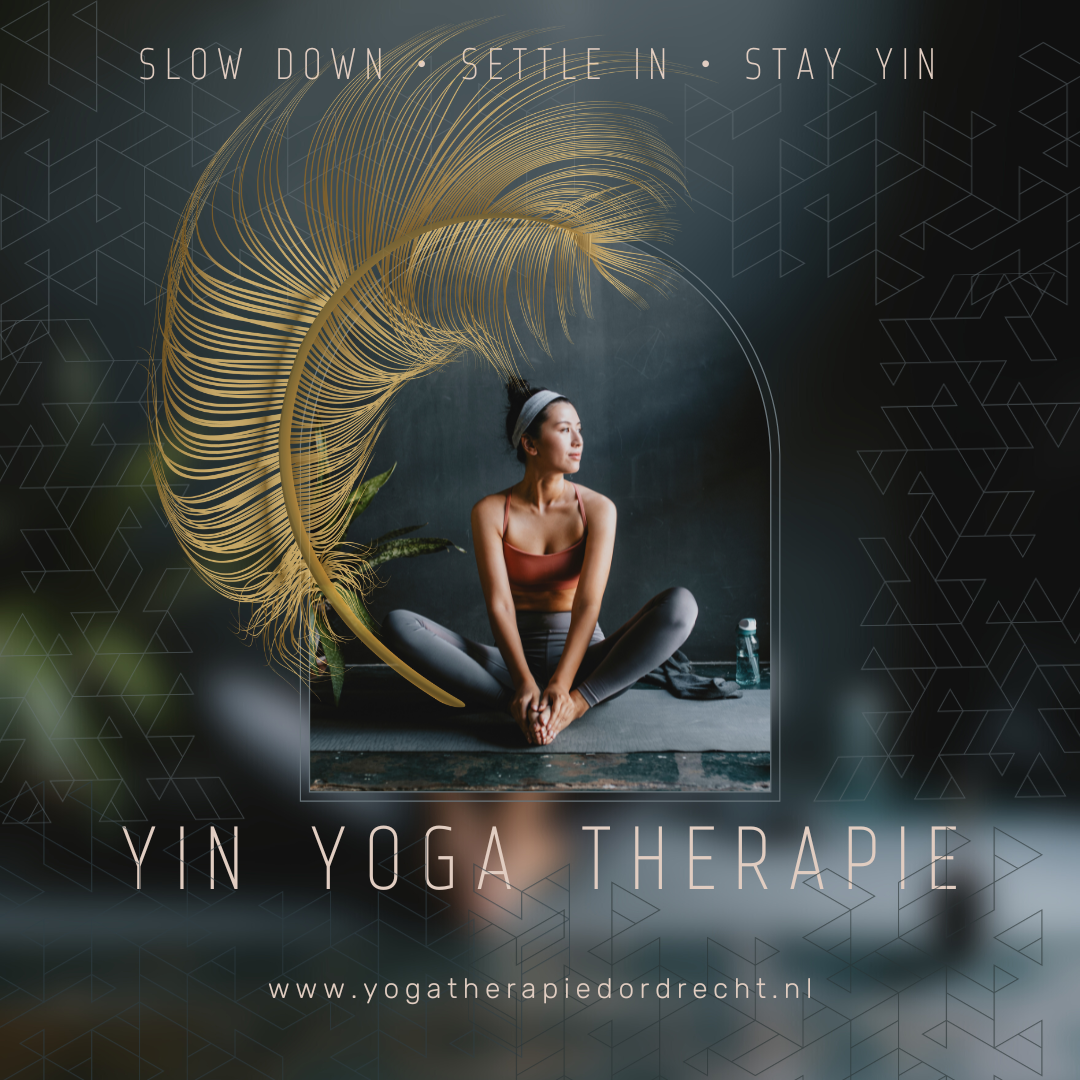Trauma
What is trauma?
Trauma is any event that overwhelms our nervous system and our ability to cope. What differentiates trauma from stress is that when we are faced with a stressful situation, we go into fight or flight mode of our nervous system and are able to fight and defend ourselves, or flee, withdraw from the stressor. Once we escape the stress, our body and nervous system come back into balance.
In trauma, we cannot fight or flee. When we are overwhelmed by the situation, we freeze and the survival energy of the nervous system remains in our body, making us feel hyper-vigilant and unable to relax. This survival energy can remain in our system for years.
Trauma is not what happened to us, but it is the way our nervous system processed what happened to us. Trauma is more than having bad memories. When trauma is stored in our bodies, it is a physiological response to survive.
Yet many people with trauma in their bodies often do not realize this, also because they have not been diagnosed. All they know is that they feel stressed, anxious or overly vigilant and that is not strange.
Trauma is stored in our bodies. It is the clenching of our jaws, the tension in our neck and shoulders, the tightness in our chest and the pain in our lower back. Trauma is the sleepless nights, the increased heart rate, the feeling of panic and the nervous feeling in our stomach. It is the part of us that is easily startled by loud noises or sudden movements. It is the feeling of being on edge, always on edge, the feeling that something bad is going to happen. It can be the inner critic or the voice in our head that tells us we are shameful, pathetic, weak or not good enough. Trauma is the feeling of being disconnected from our bodies, stuck in our heads and feeling numb or lost in our own world.
Above all, trauma is an energy that won't leave us alone, an energy that wants to come out and remains dormant until then.
Yoga therapy is a wonderful tool for moving trauma through the body, especially when done mindfully and with intention. One consequence of trauma is that we disconnect from our bodies and shut down our ability to feel. Paradoxically, connecting to our bodies and learning to feel is crucial to healing trauma.
During Yin Yoga Therapy® we work with parts of our body that are involved in the fight or flight response of our nervous system. Reaching these parts and penetrating to those deeper layers takes time; it is a slow and subtle process. Many get frustrated because they have difficulty allowing that silence, they do not feel direct action in the form of stretching for example. They then try to force this feeling by moving deeper into the positions, over-stretching and going beyond their limits. They often look for strong or more aggressive forms of yoga, but releasing trauma does not work that way. Strong and aggressive stretching does not contribute to creating safety in the body and will only continue to suppress the trauma. Trauma cannot be forced out of the body, but is only released when the nervous system feels safe.
We create this feeling of safety by subtly moving the energy through our body through certain body postures and pranayama (breathwork), combined with mindfulness and meditation.
One of the most important features of yoga is pranayama, or breathwork. Our breath is the key to our nervous system because the vagus nerve runs through our diaphragm. The way we breathe affects how we feel and sends a powerful message to our nervous system that we are safe. The vagus nerve is the nerve responsible for activating the parasympathetic nervous system (the part of our nervous system that is responsible for rest, recovery and relaxation).
The breathing techniques from yoga have a whole range of health benefits and each offers its own qualities and serves its own purpose. Breathwork is gaining popularity as a way to biohack our nervous system. But not all breathwork is suitable for people with trauma. Not all techniques are suitable for people with trauma and should not be used just like that. Each Pranayama, just like each Asana, has certain advantages and certain contraindications and attention is paid to this.
When used incorrectly, certain techniques can backfire;
For example, holding your breath can reflect the freeze response, which is not ideal for releasing certain traumas.
Overbreathing and hyperventilating mimic a stress response, which can activate more stress.
Aggressive breathwork, circular breathing, holotropic breathing, and overbreathing can create altered states of consciousness in people without trauma. However, if we have trapped survival energy in our system, this type of breathing can cause the survival energy to rise to the surface but remain trapped, making us feel more agitated and experiencing unwanted feelings.
At Yogatherapie Dordrecht I use different breathing techniques and during the process I carefully look at which techniques are used at which time so that they can contribute to recovery in a positive way. I teach you how to perform the exercises (asana, pranayama and/or mindful meditation) at home in a safe and mindful way for a lasting positive and relaxed result.
I believe there is no quick fix when it comes to dealing with trauma. The best approaches to healing trauma are slow, subtle, and create safety in our nervous system.
Healing the nervous system is not a top-down approach. Instead of using our mind and thoughts, we connect to the wisdom of our body and nervous system. Our body knows how to get back into balance. We just need to create the right conditions for it and I am happy to help you with that.



